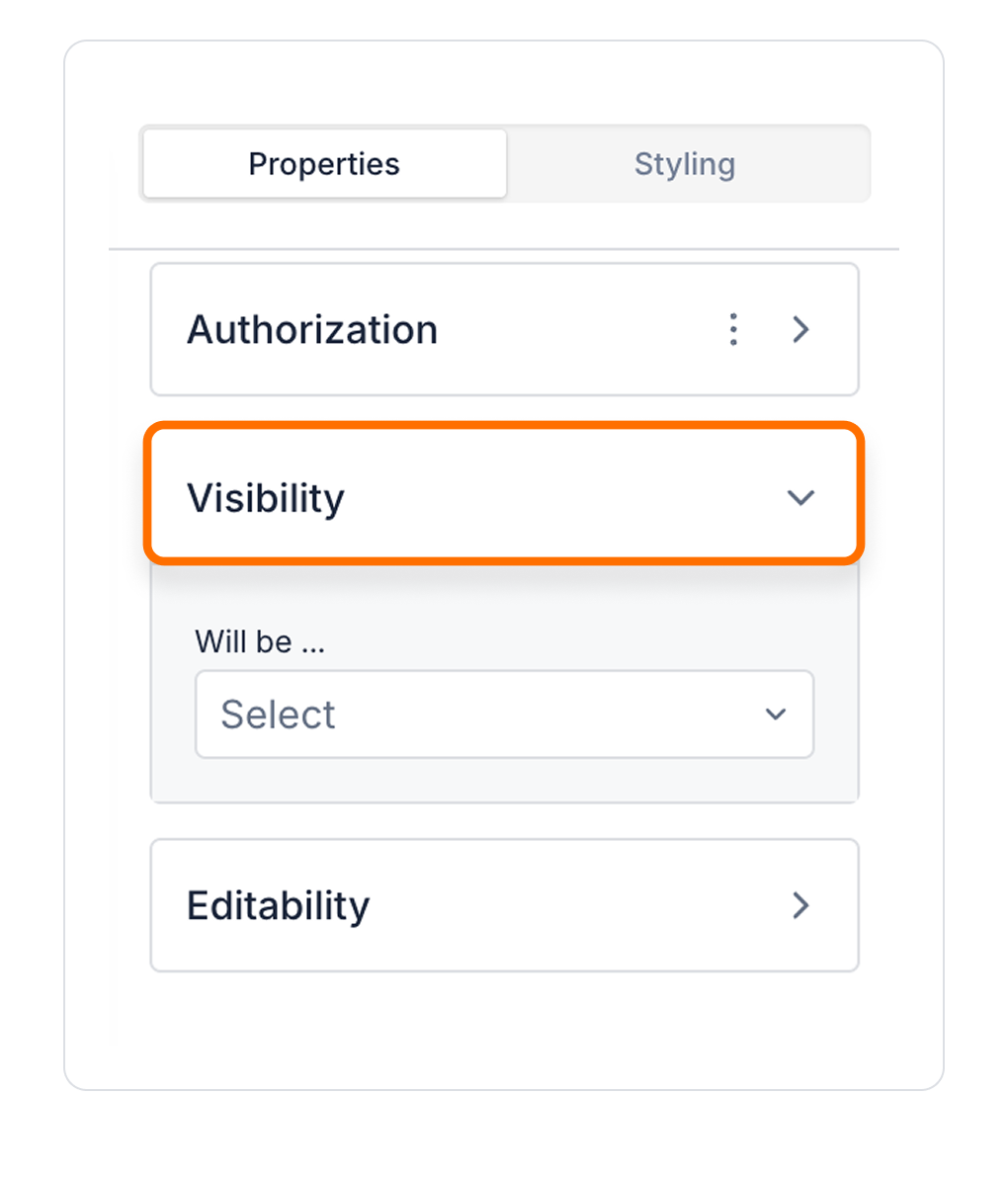

Kuika's Donut Chart element offers an effective way to visually represent data. This chart type shows the proportions of different categories to the total, leaving the inside of the circle empty. It's ideal for areas such as market share, budget distribution or percentage distribution of data sets. This guide explains the steps for using the Donut Chart element, configuring the data and customizing its visual arrangements.
This training content consists of the following topics:

You can configure the following settings in the Properties panel:

Datasource:
Legend:
Show Data Labels:
Data Label Formatter:
Authorization

To manage access control at the element level, you can use the Authorization section in the Properties panel.
Access Types
Anonymous
Allows all users to view the element without logging in.
Restricted
Restricts access to only verified users or specific roles.
Unauthorized Behavior (Hide / Disable)
If the user does not have the required role, you can specify how the element should behave in the Choose field:
This setting is used to manage how unauthorized users encounter the element.
Visibility

To configure the setting:


By customizing your elements with the Styling Panel, you can create impressive interfaces for your web and mobile applications. In this section, you can configure the following settings:
By following these steps, you can configure the Area Chart element to suit your needs.